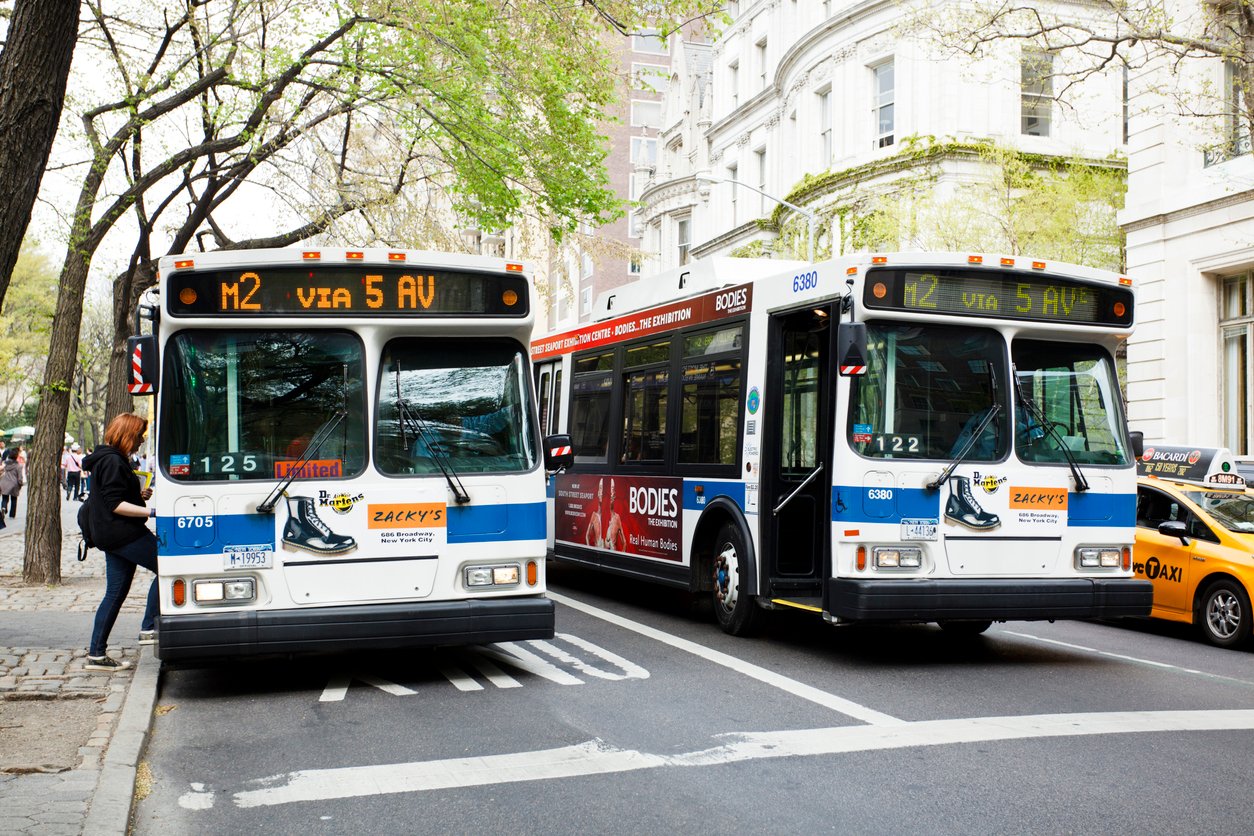

Relevant & Important Information About Personal Injury Law So You Can Be In The Know


Non-collision bus customer accidents, which did not involve a collision, increased 11% from August 2018 according to the MTA and reported in the New York Post. Of the 494 accidents reported, 207 of them were the result of what was described as "throwing movements." 207 may not seem like a lot, but to the injured passenger, or their family if the passenger dies as a result of the accident, it is one too many. If it happens to you, you may be due compensation for your injuries, pain and suffering, medical expenses, and lost income. To collect damages you must follow MTA rules and guidelines.
This is the question MTA attorneys will ask. Even if the answer is "yes," their goal will be to minimize any compensation. Basically, for the MTA to be held liable, two critical elements must be satisfied:
After receiving the Notice, the MTA has 30 days to respond. There will be a hearing. If the matter goes to court, the injured party has one year and 90 days to file a lawsuit. If the passenger died as a result of the injuries, the family has two years to file suit.
It is always a good thing to remain at the scene of the accident and to ask for witnesses to support your claim. It may be difficult to prove a particular driver on a particular bus caused the injury, if you get off and walk away. Take detailed notes describing the facts of the matter, including the driver's id. The notice must include the following:
Nothing is simple or straightforward when it comes to matters of law. The MTA's attorney will be looking for missing information or anything unclear that can be used to your disadvantage. You must show that:
In a nutshell, you are entitled to damages if you suffer injury because either the MTA or a driver is at fault. To receive the damages you must meet MTA Notice of Claim standards, and you must have enough supporting evidence to prove your claim is fair. The MTA will be represented by an experienced attorney, so it makes sense that you are.
If you have suffered injury while getting on, traveling on, or getting off an MTA bus, and would like to seek legal advice, then please just click here to contact us.

That is an excellent question. The police have a responsibility to protect the public from threats of violence. American citizens have the right to go about their daily business without undue harassment. International terrorism poses threats to public safety. We are, therefore, in a situation where the police have authority, and the public has rights.
28 Liberty Street, 6th Floor
New York, NY 10005
As one of the country’s pre-eminent personal injury law firms, Smiley & Smiley LLP has recovered hundreds of millions of dollars in combined compensation for clients since its founding more than 55 years ago.
© Smiley & Smiley, LLP All Rights Reserved.